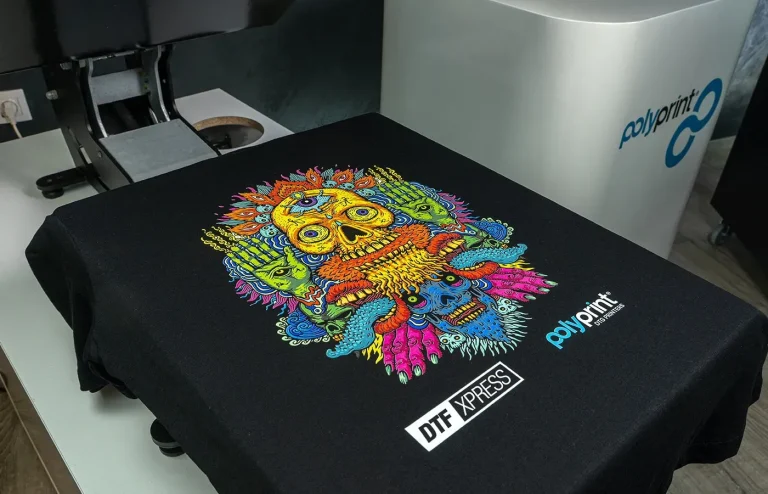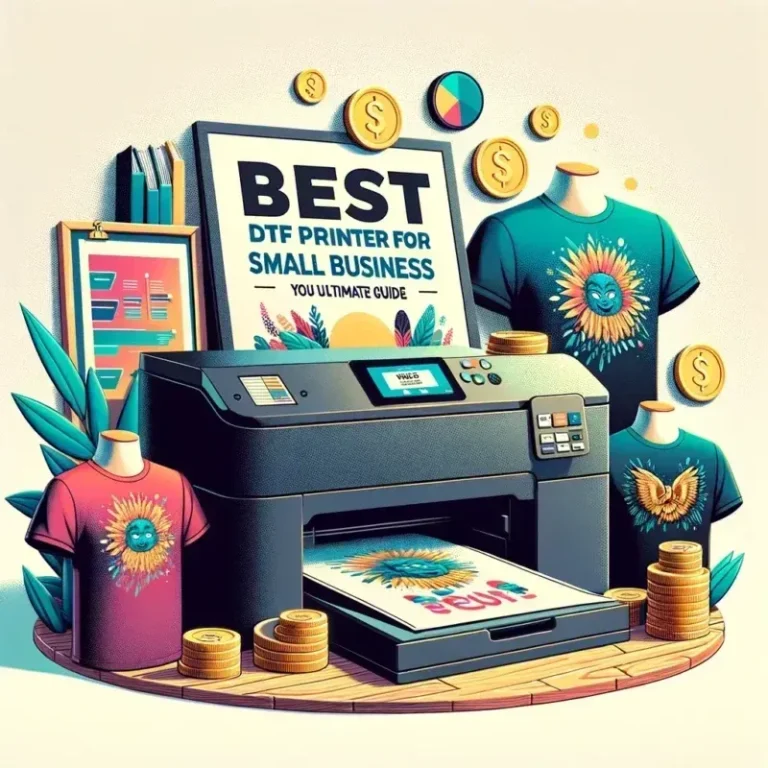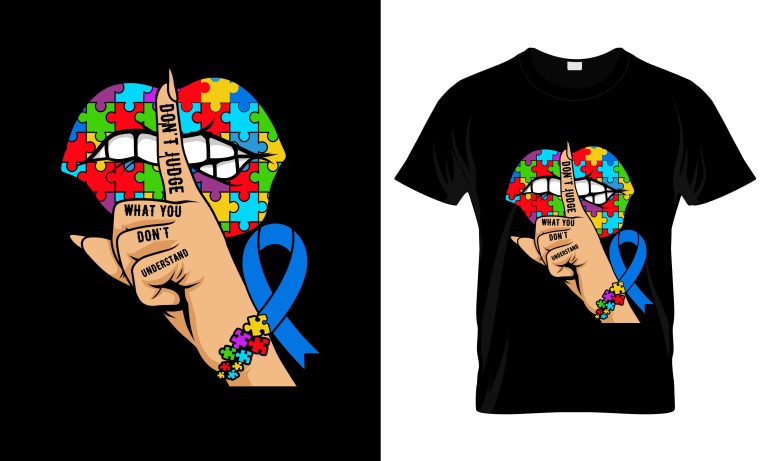DTF file prep: Essential artwork readiness tips for prints
DTF file prep is the foundation of successful Direct-to-Film transfers, shaping how artwork prints and how reliably designs transfer to fabrics. DTF file prep tips help you optimize color accuracy, reduce misprints, and streamline collaboration between designers and printers. By aligning prep with practical guidelines, you can meet production expectations and support consistent results across light and dark fabrics. The quality of file preparation sets the tone for every transfer, from underbase decisions to edge crispness. Adopting these routines minimizes revisions, reduces material waste, and accelerates production without sacrificing quality.
Think of this phase as prepress for film-to-fabric transfers, a natural extension of digital artwork into production-ready files. In Latent Semantic Indexing terms, it covers transfer artwork readiness, print-readiness checks, and production-friendly design adjustments that ensure colors stay true on fabric. This alternative framing helps designers and printers speak the same language, aligning RIP settings, underbase planning, and file organization from first draft to final proof. By embracing these synonyms, you acknowledge the broader workflow and set expectations for consistent results across batches.
DTF File Prep Essentials for Accurate Direct-to-Film Transfers
DTF file prep lays the foundation for successful Direct-to-Film transfers, shaping color accuracy, edge sharpness, and print consistency. Mastery starts with understanding the practical DTF file prep tips that keep designs faithful from screen to fabric. When you align file preparation with the realities of the transfer process, you reduce revisions and speed up production without sacrificing quality.
This groundwork supports collaboration between designers and printers, ensuring everyone follows a shared standard. By focusing on white underbase planning, bleed, and proper layering, you create a smoother workflow across batches and fabrics. In practice, well-prepared files set the tone for reliable DTG-like cleanliness in the final print and minimize waste across runs.
Direct-to-Film Print File Requirements and Color Management
Direct-to-film print file requirements establish the baseline for predictable results, typically calling for CMYK color space, 300 DPI at final size, and lossless formats such as TIFF, PSD, or high-quality PNG. Adhering to these standards helps printers reproduce color with fidelity and reduces surprises during RIP processing. Be sure to review your vendor’s guidelines, as small deviations can cascade into misprints if unaddressed.
Color management goes hand in hand with file requirements, including accurate soft-proofing and monitor calibration. When underbase needs arise for dark fabrics, including a dedicated white channel or layer can prevent color shifts and enhance print readability. Proper file preparation plus a reliable RIP workflow translates into consistent results across orders and fabric types.
DTF Transfer Artwork Guidelines for Crisp Edges and Accurate Colors
DTF transfer artwork guidelines emphasize clean color management, crisp edges, and scalable designs that hold up when printed at final size. Build at the intended dimensions with 300–600 PPI to avoid edge softness and pixelation, and plan for color separations if your workflow requires them. Clear guidelines help maintain fidelity from concept to final garment.
Vector logos and text should be used whenever possible; if rasterized, ensure high resolution and avoid tiny details that can blur during transfer. Fonts should be converted to outlines or supplied with the necessary files to prevent substitution and layout shifts. Also, integrate a robust white underbase strategy for dark fabrics, and maintain consistent bleeds, margins, and cropping to avoid edge gaps after trimming.
DTF Design Prep for Transfers: From Concept to Film
DTF design prep for transfers focuses on how art translates to fabric, not just how it looks on a screen. Consider garment curves, seams, and stretch, and how color blocking will behave across different fabric colors. This mindset helps you plan underbase, overprint areas, and edge crispness early in the design process.
A practical approach includes testing color interactions on representative substrates and planning test prints. By anticipating how gradients and textures render after the film and onto fabric, you can adjust artwork before ripping, reducing surprises in production. This proactive design mindset is a core element of DTF design prep for transfers.
DTF Print Readiness Checklist: Preflight to Production
DTF print readiness checklist provides a concise preflight framework to catch issues before production. Use it to verify artwork size, bleed, color mode, and file integrity across all components. A well-structured readiness process prevents last-minute corrections that cause downtime and waste.
Key items include confirming 300 DPI final resolution, embedded color profiles, and proper file formats compatible with the RIP. Ensure white underbase is prepared when required and that folder organization is clear for re-orders. Soft proofs and, when feasible, a small test print should be queued to validate color, spacing, and composition prior to full runs.
Common Pitfalls and Best Practices in DTF File Preparation
Common pitfalls in DTF file preparation include low resolution, RGB workflow, and neglecting the white underbase requirement for dark fabrics. These errors lead to blurry edges, unexpected color shifts, and underbase gaps that ruin transfer readability. Recognizing these traps helps you build a more reliable, repeatable process.
Best practices emphasize keeping a consistent file organization, using vector sources when possible, and performing early color proofing. Maintain clear naming conventions, preserve editable master files when permissible, and incorporate a formal testing routine with soft proofs and physical samples. A disciplined approach reduces revisions and supports scalable DTF production.
Frequently Asked Questions
What is DTF file prep and why is it essential for successful Direct-to-Film transfers?
DTF file prep is the process of preparing artwork and production files so a Direct-to-Film transfer prints faithfully. It directly impacts color accuracy, edge sharpness, and reduces misprints by preflighting the entire workflow—from artwork to film to the printer RIP and fabric. It also plans for white underbase on dark fabrics and sets the stage for consistent results across batches. A solid DTF file prep routine lowers revisions, minimizes material waste, and speeds production.
What are the Direct-to-film print file requirements printers and RIPs expect?
Most DTF setups share core print file requirements: CMYK color space, 300 DPI at final size, and lossless formats like TIFF, PSD, or high-quality PNG. Some suppliers require a dedicated white underbase layer for dark fabrics, so provide a white channel or separate layer as directed. Always check your vendor guidelines and embed the correct color profile to meet Direct-to-film print file requirements and keep production on schedule.
How do I follow DTF transfer artwork guidelines to ensure color accuracy on fabric?
DTF transfer artwork guidelines cover color management, resolution, vector assets, and white underbase planning. Work in CMYK or ensure predictable CMYK conversion, design at 300–600 PPI at final size, and use vector logos when possible. Convert fonts to outlines, include clear white underbase handling, and maintain proper bleed (2–3 mm). Clear file naming and organized layers simplify RIP processing and color integrity.
What is a DTF print readiness checklist and how do I use it?
A DTF print readiness checklist is a concise tool to verify every file before printing. It should confirm final print area with bleed, CMYK mode, 300 DPI, fonts outlined, white underbase placement (if needed), bleed margins, exporter compatibility (TIFF/PSD/PNG), and an embedded color profile. Include a soft proof and, if possible, a small test print plan. Using this checklist at the start of a project reduces surprises, revisions, and production delays.
How should I prepare DTF design prep for transfers to maintain edge sharpness and underbase alignment?
DTF design prep for transfers focuses on how art translates to fabric. Design at the final size to preserve edge sharpness, plan the white underbase alignment, and ensure color blocks and overprint areas align with fabric behavior. Anticipate how curves, gradients, and text will distort on material, and organize layers to support RIP processing and accurate underbase interaction.
What practical DTF file prep tips can reduce revisions and waste during production?
DTF file prep tips include defining final size early, converting to CMYK promptly, outlining fonts, providing a dedicated white underbase if required, including bleed, exporting in a RIP-supported format, and embedding a color profile. Maintain a clean, organized file structure with clear naming to ease reprints and collaboration. Always pair files with a soft proof and, when feasible, a small test print to catch issues before full production.
| Section | Key Points | Practical Takeaways |
|---|---|---|
| Introduction | DTF file prep foundation; improves color accuracy; reduces misprints; speeds up production; applies to light and dark fabrics; reduces revisions and waste; helps achieve consistency across batches. | Focus on thorough, consistent prep to set the tone for every transfer. |
| Understanding the role of DTF file prep | DTF file prep acts as a preflight for the entire workflow—from artwork to film to printer rip and fabric; aims to ensure designs print faithfully with sharp edges and correct colors; anticipates transfer limitations (e.g., white underbase on dark fabrics). | Review the full workflow during prep to maximize fidelity and predictability. |
| Direct-to-film file requirements | Core requirements: CMYK color space, 300 DPI at final size, and formats that preserve color (TIFF, PSD, or high-quality PNG); check vendor guidelines; provide explicit white channel or underbase layer if needed. | Prepare files with the expected RIP/vendor guidelines in mind; ensure underbase is clearly represented if required. |
| Artwork guidelines | Color management (CMYK or predictable CMYK conversion); Resolution 300–600 PPI at final size; Use vector logos when possible; Fonts must be outlined or supplied; Plan for white underbase; Bleed 2–3 mm; Clean color separations when needed; Clear file naming. | Follow the guidelines to maintain fidelity and minimize adjustments during RIP processing. |
| Preparing artwork: step-by-step | 1) Confirm final size and layout with bleed; 2) Check color space and 300 DPI final size; 3) Convert fonts to outlines and save a master; 4) Plan white underbase on dedicated layer/channel; 5) Flatten or preserve layers as required; 6) Export final production file (TIFF/PSD/PNG); 7) Include proof/test plan. | Follow the steps to create a stable, production-ready file set. |
| Color management and white underbase considerations | Color accuracy is crucial; ensure vibrant saturated colors and proper skin tones on fabrics; plan for white underbase so colors don’t get washed out on dark fabrics; underbase handling affects final appearance. | Account for fabric color/texture and ensure underbase strategy preserves color harmony. |
| File formats, channels, and naming practices | TIFF/PSD preferred; PNG acceptable for simple graphics but may affect color depth; embed color profiles; maintain organized layers; use a white underbase layer when required; name files clearly (size, colorway, revision). | Keep files organized and properly labeled for easy production handoffs. |
| DTF print readiness checklist | Artwork size matches final print area with bleed; CMYK embedded or verified; 300 DPI at final size; text outlines or fonts supplied; white underbase prepared if required; bleed safe margins; export format supported by RIP; embedded profile checked; soft proof done; physical test print queued if possible; clear file naming and organization. | Use the checklist to minimize surprises in production. |
| Proofing, testing, and iterative improvements | Soft proofs for color balance, contrast, and edge sharpness; when feasible, run a small test print; apply learnings to adjust settings, colors, and spacing before full production. | Incorporate iterative checks to reduce revisions and waste. |
| Common pitfalls to avoid in DTF file prep | Low resolution or upscaling issues; designing in RGB and converting late; ignoring white underbase for dark fabrics; mismatched bleeds/cropping; missing or inconsistent font handling; poor file organization and revision tracking. | Proactively address these to reduce waste and reprints. |
| DTF design prep for transfers: a practical mindset | Think about how art translates to fabric: small text on curves, gradients on textile, color blocking across fabrics; plan underbase and edge crispness; ensure fidelity from file to film to fabric. | Adopt a workflow that anticipates real-world printing challenges. |
| Conclusion: bringing it all together | Quality starts with DTF file prep. By understanding and applying Direct-to-film print file requirements, following artwork guidelines, and using a reliable print readiness checklist, you can deliver consistent, high-quality transfers. DTF file prep tips—from font handling to color management and white underbase planning—make a tangible difference in finish, durability, and customer satisfaction. With disciplined preparation, you gain control over outcomes and reduce costly revisions, helping you scale your DTF printing with confidence. | Regular practice of these steps leads to repeatable, scalable results for every batch. |
Summary
DTF file prep is the foundation for consistent, high-quality transfers. By following clear print file requirements, robust artwork guidelines, and a practical readiness checklist, designers and printers can collaborate smoothly, minimize revisions, and achieve reliable results across fabrics. Regularly revisiting and refining your DTF file prep process ensures continued quality as you scale production, from one-off designs to large batches.







